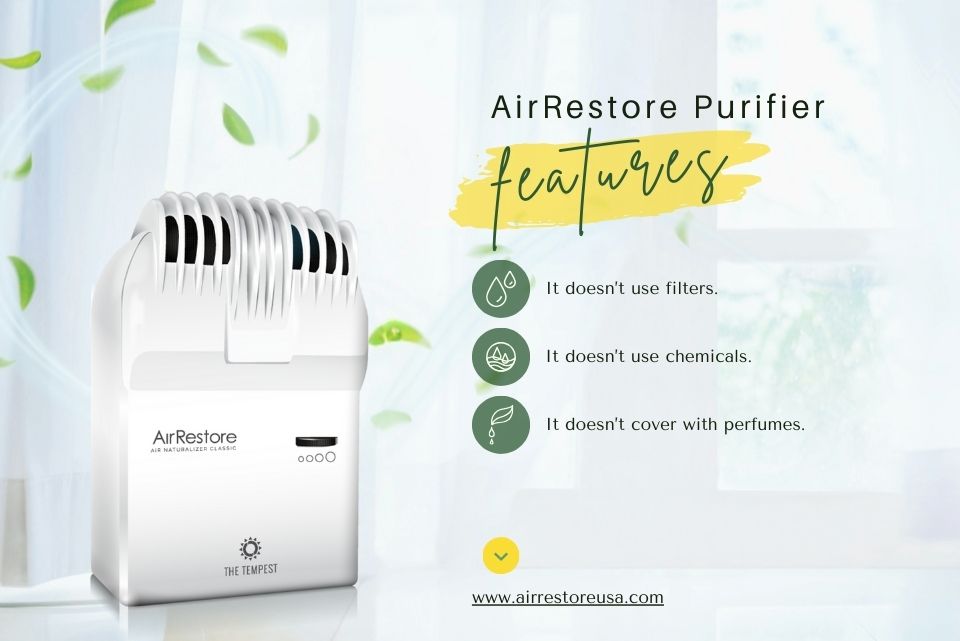Feb 12th 2024
Understanding Filterless Air Purifiers

Filterless air purifiers are revolutionizing the way we think about indoor air quality. Unlike traditional air purifiers that rely on filters to trap airborne particles, filterless models utilize advanced technologies such as ionization and electrostatic precipitation to remove contaminants from the air. This makes them not only more efficient but also more cost-effective in the long run, as there are no filters to replace.
How Filterless Air Purifiers Work
Filterless air purifiers operate by generating ions or charging particles in the air, causing them to either stick to a collection plate or clump together, making them easier to capture. This process effectively removes dust, pollen, pet dander, and other allergens from the air, resulting in cleaner and fresher indoor air quality.
The Benefits of Filterless Air Purifiers
One of the main advantages of filterless air purifiers is their low maintenance requirements. With no filters to replace or clean regularly, they offer hassle-free operation and are more environmentally friendly. Additionally, filterless models tend to be quieter than traditional air purifiers, making them ideal for use in bedrooms or offices where noise levels need to be minimized. Moreover, by eliminating the need for disposable filters, filterless air purifiers help reduce waste and contribute to a more sustainable lifestyle.
Choosing the Right Filterless Air Purifier
When selecting a filterless air purifier, consider factors such as room size and technology used. Look for models with proven effectiveness in removing a wide range of airborne contaminants and consider purchasing from reputable brands known for their quality and reliability. By investing in a filterless air purifier, you can enjoy cleaner air and a healthier indoor environment for you and your family.
Protect Your Family with the Tempest

Single System Studio System Home System
#Air Purifier #Air Restore #AirRestore Organic Air Technology #allergies #Filterless air purifier #Indoor Air Quality #pollutants #Virus
